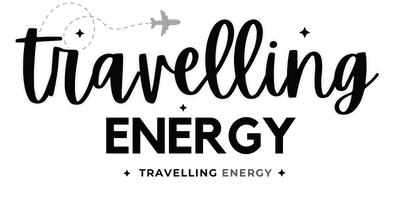Meets during time: Akosua Afriyie-Kumi
When did you originally decide to incorporate these Ghanaian weaving techniques into haute couture?
Growing up in Ghana, I was surrounded by basket bags; I gave them as gifts and also used them as storage. "I wish it was more like this, I wish it was more like that" Moments were common, I seem to recall. I wanted it to be more colorful, with modern, tasteful color combinations and exquisite details, as well as softer and almost foldable.
 |
| Meets during time Akosua Afriyie-Kumi |
Expanding on this concept, I looked into fibers and bag designs and discovered many appealing features that matched my ideal brand's mission and values. Upon observing a void in the market for exquisitely crafted handbags, I founded A A K S. I set out on my journey to Ghana because I knew I wanted to go it alone, combine all of my passion and skills, and create something special that would be rewarding on both a personal and professional level.
What about the weaving skill so impressed you?
Their ability with their hands, the way they combined colors, and the unexamined moral reasoning behind their basket creations all greatly impressed me. Taking this concept on board, I started looking into weaving, fibers, and potential applications.
Were they already combining leather and raffia?
No, I introduced raffia as a new fiber to the community, and weavers still use straw for their weaving.
What obstacles did you face in order to produce the bags the way you desired?
Finding a community that could realize my ideas was difficult at first, and when I finally found a group of weavers with the necessary skill set, we were unable to communicate because of a language barrier. Weavers only knew the local language, FraFra, so at first I had to communicate with them through drawings and hand gestures before finding an interpreter. I quickly overcame this obstacle when I began studying the language from the weavers, and it is now a pleasure to collaborate with them in the community.
What attracted you so much about what you saw?
I adore that they were still utilizing antiquated methods and weaving by hand rather than with machinery. I was especially drawn to this because I could see so many amazing possibilities and I was eager to put them to use.
Can you explain the production process for the bags? The ethical aspect of production is crucial.
After being harvested sustainably, the raw raffia fibers are first twisted by hand to begin the weaving process. After twisting about 10,000 strands, we gather the raffia and prepare a dye bath. The dye bath consists of natural and a few chemical dyes mixed into boiling water, sometimes even natural tree bark is used in the bath to create good colour intensity. It takes approximately 10 - 30 minutes to dye each strand depending on the colour we want to achieve, the dyed raffia is dried in the direct sun. To create the base shape of each bag, weavers manoeuvre the strands between their fingertips, skilfully handling the raffia until the bags take shape.
The woven body is then transported back to my studio, a 12 hours drive away in Kumasi, Ghana for finishing. This is where the sewing of linings (usually cotton or linen with drawstring closures), hand stitching of buckles and leather handles finalise the bag. After a final quality control, the bags are then ready for postage to stores such as Anthropologie and Urban Outfitters in the USA and clients worldwide.
What can people learn from studying the designs and silhouettes of the collections?
They are authentic yet stylish, modern and very easy to carry.
AAKS bags have appeared all around the world and in fashion magazines. What do you think accounts for its success?
I think its believing in my self , my crazy ideas and also having a great branding and branding team that could see my vision from early on and guiding me in the right steps which now appeals to a broad international market.
What can we expect from your next collection?
Colour and more colour. I would love to continue pushing the boundary of Made in Africa products with my new collection and diversifying soon into the home interiors.
